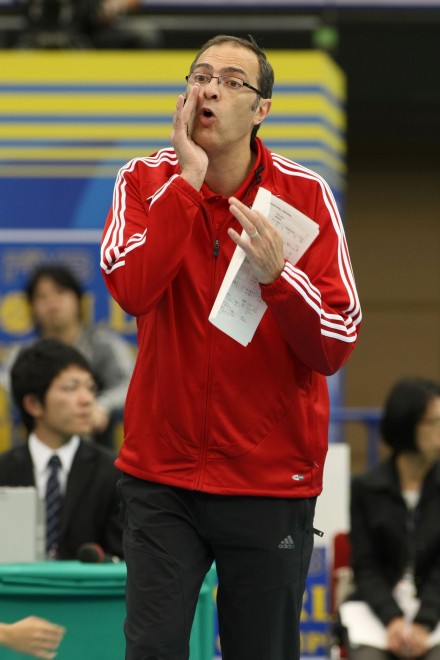
Castellani
After Part 1 – “How to organize TIME-OUT“, now Castellani will explain “What is the best moment to call for TIME-OUT”.
Basically, there are three great ways about when you might need to stop the game.
• To defend the advantage. If we take a 3 or 4 point advantage, for example, 18-14, and the opponent makes 1 or 2 points and decreases the lead to 18-16, I ask for the time-out with the aim of not losing the advantage that we have.
• On the other hand, or when we are trailing, I try not to lose a step for the opposite team. If they continue playing well and keep the scoring run I try to call a time-out. The opponent should always be close to +2 after 16 and +4 before 16.
• For the final of the set, you have to keep one time-out for the decisive moments of the game
Personally, I place the most important aspect of being always close to the rival, with a difference of 2-3 points. In men’s volleyball, an advantage of 7-8 points is very difficult to reach.
Next, PART 3: Quick analysis at TIME-OUT
Subscribe to have full access to WoV PROFILES, STATS, and WoVVIDEO.
Receive email notifications about players’ or teams’ latest STATS and VIDEOS.
Discover what’s new in a volleyball world.